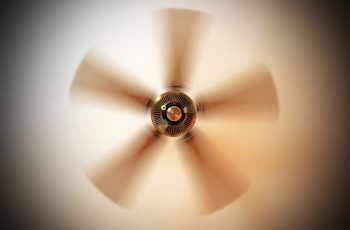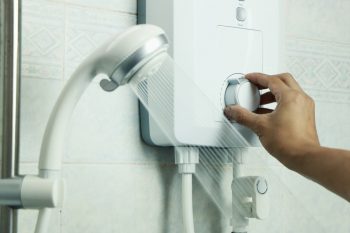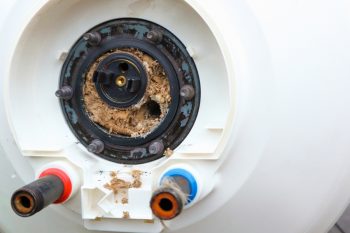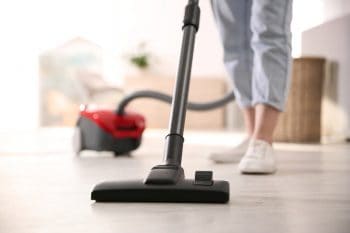
A washing machine is an essential household appliance. It reduces the labor that people otherwise have to undergo due to manual laundry.
However, have you ever wondered how a washing machine works so seamlessly? And then, can it stop spinning so quickly without causing a jolt or sudden stop? The answer lies in the washing machine brake.
The brake is an important constituent of a washing machine. It halts the spin cycle. It causes the tub in the washing machine to spin.
On spin completion, the brake comes into play and stops the washer. When the brake of a washing machine is not operating properly, it squeals and causes the washer to move before shutting off.
The brake of the washing machine is an important component that aids in its proper functioning.
It comprises five main sub-parts, including brake shoe and drum, brake actuator, brake lining, brake spring, and brake stator.
All these components work together to produce friction against the wash drum as soon as the wash or spin cycle is completed. This stops the wash drum and makes removing the clothes from your washing machine easy.
In case of a faulty brake or its absence, the wash drum will continue to rotate without an end, making it difficult to end the wash or spin cycle.
This article will provide detailed information on working a washing machine brake.
How Does Washing Machine Brake Work?

You might have this question: What is the purpose of a washing machine’s brake? As the name indicates, the brake does the work of stopping the spin.
It causes the tub of the washing machine to come to a halt. And stop from further spinning on completion of the cycle.
Therefore, without a fully functional brake, the washing tub would go on spinning as there would be nothing to stop it from spinning at the end of the cycle.
To understand the role of the brake, it is necessary to look at how the washing machine works and when the brake comes into play.
- Wash Cycle – Water and detergents are poured into the washing machine tub. The clothes are loaded in the washing machine. The timer is set for a particular number of cycles. The machine then runs a few cycles according to the set timer and cleans the clothes.
- Clean Cycle – Then agitators cause the clothes to spin around within the tub and clean the clothes. When this process ends, the water is drained from the clothes.
- Spin Cycle – Next, the spin cycle comes into operation. Here the brake performs the role for which it is designed in the washing machine. It makes the tub spin the clothes. This process wrings the water out of clothes so they are not drenched when they come out of the washing machine.
When one spin cycle is over, the brake halts the tub from spinning. This process is repeated once again. This rinse cycle washes away any soap that clothes might have.
The last spin cycle then rinses away the unneeded water and soap from the clothes.
Working Principle of the Washing Machine Brake
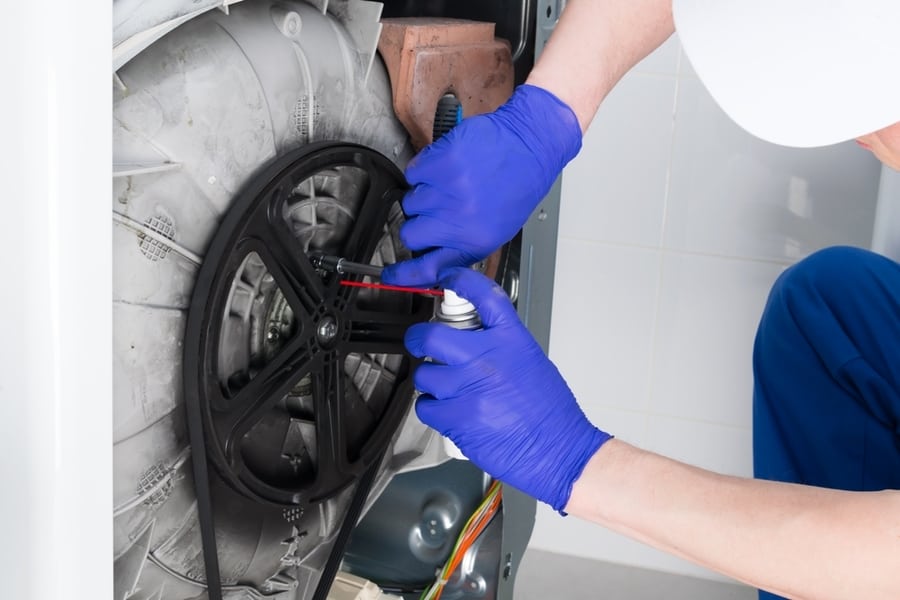
The brake mechanism operates on the principle of friction, where two surfaces rub against each other to create resistance and stop the motion.
Components of Washing Machine Brake and Their Function
A washing machine brake makes the drum slowly and stops once the wash or spin cycle has ended.
Following are the important components of the washing machine brake that help to understand its overall working:
1. Brake Shoes and Drum

The brake shoes are on the brake plate inside the washing machine. The brake plate is further located at the bottom of the washer’s drum.
The brake shoes are connected to the brake actuator lever, which is a mechanism that engages and disengages the brake shoes.
2. Brake Actuator

The brake actuator is another device in the brake. It combines the brake lever and the clutch assembly. The brake actuator performs two functions.
Firstly, it operates to engage the brake shoes at the time clutch is disengaged. Secondly, when the clutch is engaged, the brake actuator pulls the brake shoes away from the drum. This allows it to rotate freely.
3. Brake Lining

The brake lining comprises a high-friction material attached to the brake shoes.
When the brake actuator engages the brake shoes, the brake lining comes into contact with the inside of the drum. This creates friction and slows down the drum.
4. Brake Spring
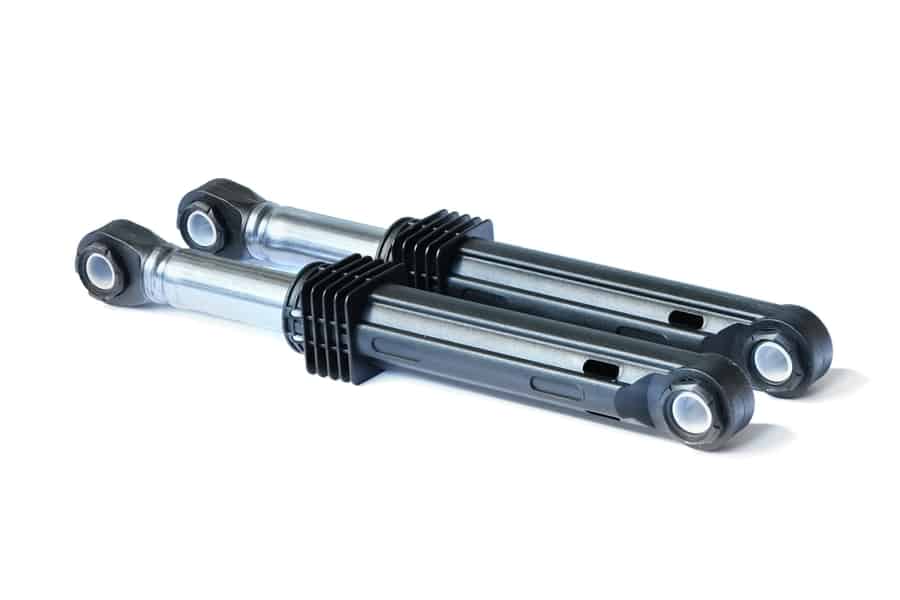
The brake spring keeps the brake shoes in contact with the drum during the spin cycle. As soon as the cycle ends, the brake spring pulls the brake shoes away from the drum, allowing it to halt.
5. Brake Stator
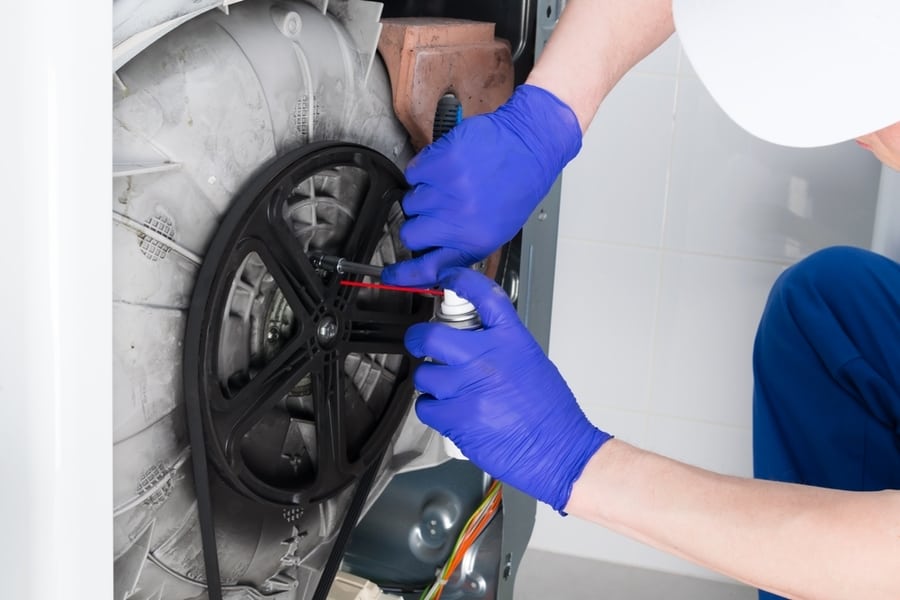
The brake stator lies in the center of the drum. The stator generates the magnetic field that engages the brake rotor. When the power to the washing machine is disconnected, the brake stator creates a magnetic field.
This generated field pulls the brake rotor towards it, causing the brake shoes to engage the drum, stopping the motion of the washing machine’s spinning tub.
Ways To Identify Damaged Washing Machine Brake

The broken or faulty brake of the washing machine is easy to identify. The defective brake produces a squealing noise at the end of the cycle.
In addition to this, the damaged brake causes the tub to halt suddenly. This can result in the washer being moved out of its original place.
Though it is simple to ascertain the damaged brake, laying your hands on it gets daunting. This is because the brake is located at the washer’s bottom end.
Since the washing machines come in dozens of designs and are of various brands, thus the position of the brake may vary a little bit.
So, the checking process of the brake largely depends on the particular brand of the washing machine.
One can check it with the help of a manual guide if one is uncertain about the actual position of the brake.
Checking the brake must be done cautiously.
Make sure to turn off the washing machine and also disconnect the water supply before checking the brake.
This is extremely important because one can get electrocution in case of failure to disconnect the washing machine from the power supply.
Cost of Replacing Washing Machine Brake

Sometimes, the defect in the brake is not serious. In such a case, the person can fix it at home. However, one should be quite wary about the process. Trying to fix it when one has no such experience could be dangerous.
But it is not always plausible to fix it at home. This checking and fixing require the services of repairers. Fixing the washing machine brake generally costs less than replacing it with a new one.
Replacing the washing machine brake is often costly. The reasons pertain to the fact that one must not only pay for the new washing machine brake but also pay service members for fixing it.
The amount paid to repairers may also vary. Depending upon the nature of the damage to the brake and the labor and time required to fix it, the repairer could demand an excessive amount.
Therefore, the washing machine should be used carefully to avert potential damage to its components in the future.
Conclusion
The washing machine brake is a crucial component of the washing machine. It ensures that the washing tub’s spinning ends after each cycle.
The brake of washing machines operates on the principle of friction. The brake is composed of various devices. All these devices work together to ensure the washing tub stops at the end of the cycle.
The brake is not invincible. It often gets damaged or broken. In such a case, it is easy to figure out that the brake is not properly working. One can hire the services of repairers to get the brake fixed or replaced.
However, getting this done is not that easy. A person often has to incur the loss as the new brake of the washing machine is often costly.
However, if the damage is not extensive and one has little experience regarding the position and devices of the brake. Then one can fix it at home.
This seemingly little component has a greater role to play in the overall working of the washing machine.
Frequently Asked Questions
Why Is a Functional Brake Necessary for the Effective Working of a Washing Machine?
The functional brake is necessary for the effective working of the washing machine. If the brake is broken or defective, it will not be able to stop the tub from spinning at the end of the cycle.
As a result, the soap and water would not be fully rinsed away from the clothes.
How One Can Figure Out That Brake of the Washing Machine Is Not Properly Working?
The defective brake of the washing machine is not very difficult to detect.
When the brake stops working, the result is that it produces a squealing noise after each spinning cycle. In addition to this, a faulty brake makes the washing machine’s tub stop all of a sudden.
Due to this, the washer often moves out of its original place, and one can easily see it and notice that brake has some problem.
How Much Would It Cost To Fix the Faulty Brake of the Washing Machine?
The extent of damage to the brake determines the cost of fixing the faulty brake. Sometimes, it is possible to fix the brake.
In most cases, the person has to hire professional services. The repairer would charge according to the labor and time spent fixing the brake.
Getting the damaged brake fixed often costs less than replacing it with a new one.
In case of replacement, the person has to bear dual costs for purchasing the new washing machine brake and the replacement service.

